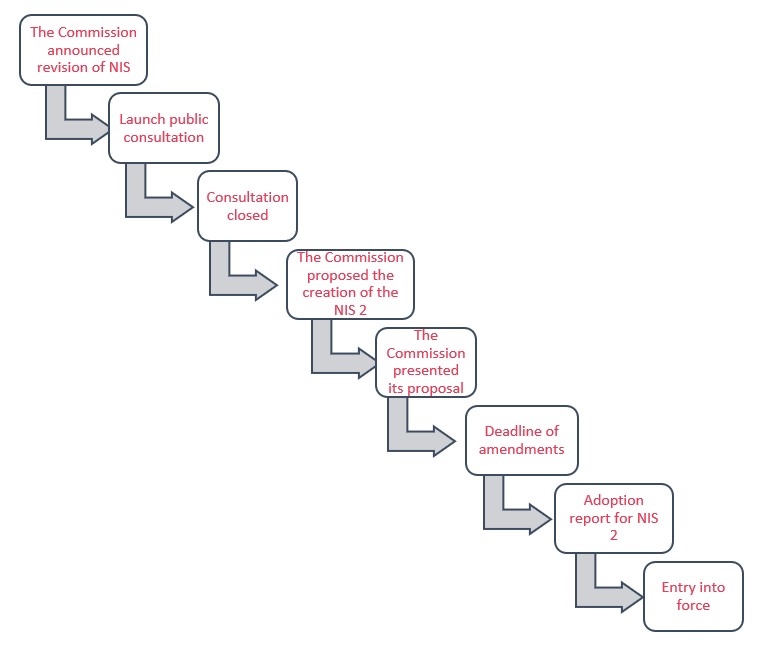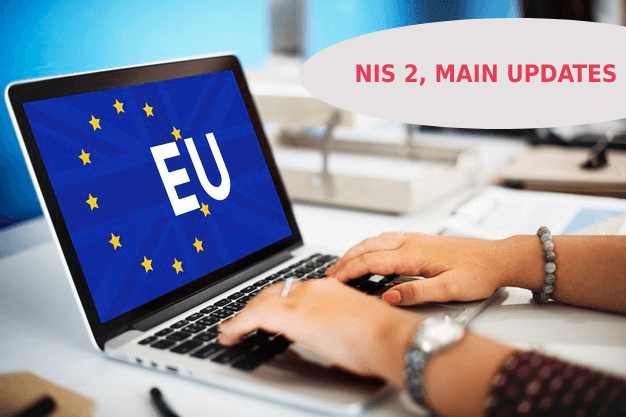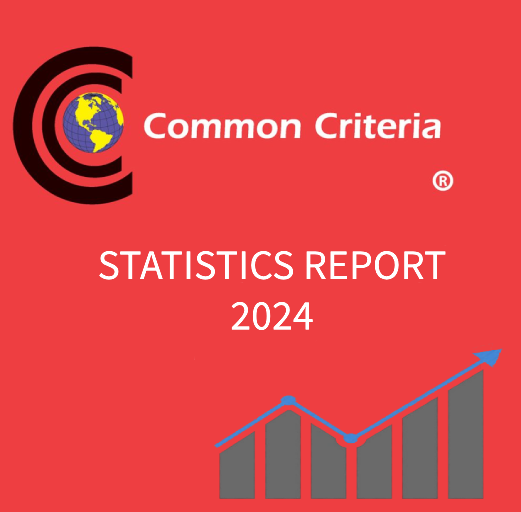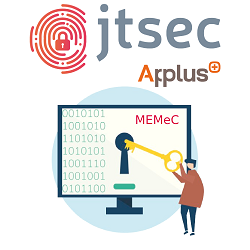Improving cybersecurity has been one of the main milestones set by the European Commission in recent years. The arrival of the COVID-19 pandemic, with confinement in practically all of Europe, has accelerated many activities or formalities that previously could only be carried out in person. This has also led to an increase in cybercrime, with some crimes, such as ransomware, tripling in number.
The European cybersecurity Directive NIS 1, approved in 2017, already put on the table certain measures to improve cybersecurity in European companies considered critical infrastructures, qwhich were subject to penalties for those that did not comply with them, categorized on a scale of severity by minor, serious and very serious. However, different voices criticized the lack of homogeneous incorporation of this regulation in the different Member States, creating a different applicability in each one, which in the end leads to a fragmentation of the single market.
The process of creating the NIS 2
Given this perspective, it was obvious that an improvement of NIS 1 would come sooner rather than later, therefore, the announcement of the Commission in early 2020 to launch a revision of this Directive (NIS 2), created many expectations.
The following graphic is a concise chronology of NIS 2 from the beginning.

Main differences between NIS 1 and NIS 2
After analyzing the draft of the NIS 2, there are a number of improvements compared to NIS 1, which are summarized in the following points:
Which new sectors are affected by NIS 2?
In the new regulation there is a significant increase in the number of sectors to which it applies. In addition to the well-known sectors included in NIS 1 such as energy, financial markets, transport, digital providers or banking, others such as telecommunications, manufacturing, waste management, food, public administration or aerospace have been added.
Although it is true that only medium-sized and large companies fall within the scope of NIS 2, they must also take into account other companies that supply them, so that they do not affect the supply chain.
In the following chart we can see the sectors that were affected by NIS 1, as well as the extension of the scope to include more sectors and services as essential or important entities in NIS 2.

How can we help you to apply NIS 2 in your company?
At jtsec we are experts in consulting and evaluation under different standards recognized at European . Therefore, do not hesitate to contact us so that we can advise you on which certification is more convenient for your company to comply with the imminent final approval of the NIS 2 by the European Commission.












